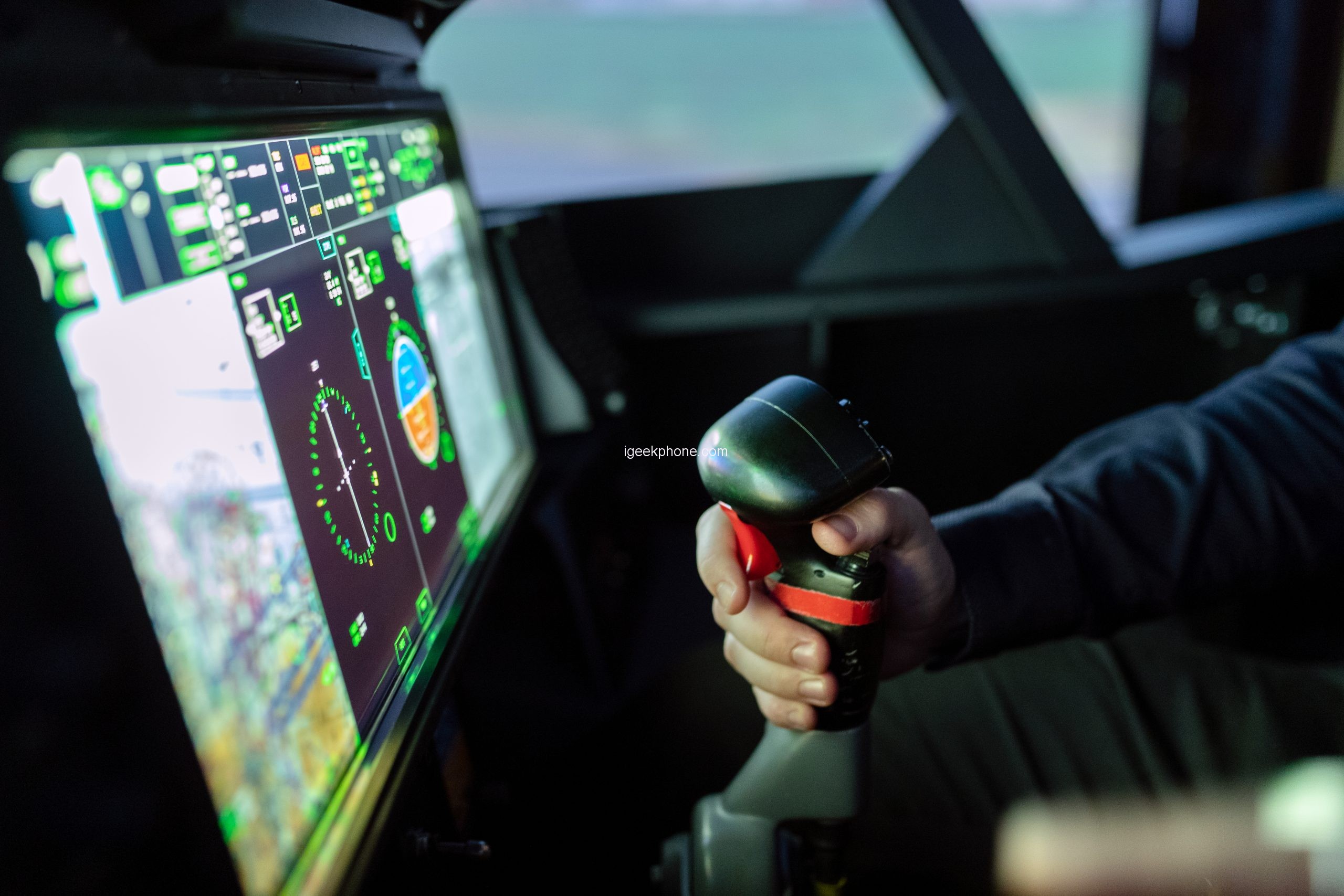Following Apple’s announcement of their new AR/VR headset, it’s time we delved deeper into some applications of VR technology. Specifically, the continued use of VR headset technology to entertain and even train future pilots and military personnel.

Flying In Virtual Reality
Flight simulation used with VR headsets isn’t something new, it’s been around since the early 2010s when we first saw companies like Oculus hit the scene. However, it’s an understatement to say that the headsets we have now are better than decade-old models.
Rudimentary forms of virtual flight have existed for even longer. Many kinds of entertainment take advantage of the thrill of flying to deliver memorable experiences, across all sectors. Online, the iGaming sector reflects popular trends and themes through the wide selection of games it offers. It’s no surprise that they have games like the Aviator Slot, which is just one example based entirely around taking off in an aircraft and flying into the sky, as high as possible.
Thanks to VR advancements, that experience is becoming truer to reality with every year. This has caused companies and even governments around the world to seek real-world applications of the technology.
Issues With VR & A Possible Solution
When it comes to leisure, VR has been hampered by the fact they’re heavy, often tethered, and there isn’t much entertainment on offer. This is a problem with a lot of wearable tech, one that Apple will contend with when they launch their product, as criticised here by Forbes. If anyone can do it, it’s the company that cracked smartwatches first.
VR in flight simulation offers a unique value proposition, however. Users are also there for one thing – to fly – and may even be required to for job training. Also, flight simulation for work or leisure doesn’t demand movement, making weight concerns moot.
The biggest concern with VR flight simulation is the rig, which is necessary if fully simulating a cockpit. However, a Czech company called VRgineers is working on a modular mobile cockpit that can be carried in a suitcase.
Aerospace leaders, are you ready to experience cutting-edge pilot training technology? ✈ Join us at the ➡ 54th Paris Air Show on June 19-25th & discover our game-changing Portable Trainer and XTAL 3 VR headset. Let’s connect! #pilottraining #virtualreality #ParisAirShow pic.twitter.com/JuARQXkoja
— vrgineers (@Vrgineers) June 15, 2023
This brings unprecedented mobility to flight sim rigs that opens more applications for VR. Their XTAL 3 VR headset was developed with the help of pilots, including those that served in the military. Speaking of which…
Single Synthetic Environments
So what are the governments of the world doing with VR technology? Not content to name things in simple terms, militaries in multiple countries have taken to ‘single synthetic environments.’ These are 3D simulations of real-world terrain, including the airspace above it, for the purpose of training including aircraft piloting.
These SSEs are built in collaboration with the same people who make virtual worlds for other leisure applications. Instead, the gamified environment has all the polish stripped away and instead focuses on recreating the cockpit experience. These SSEs can even field as many as 60,000 AI entities, which can represent civilians or hostiles.
While hands-off predictive simulations have been created for decades, SSEs combine the simulation with the simulator and allow them to impact the world. VR flight simulation is a natural fit for SSEs, but it also simulates infantry and land-based vehicle control too. While useful as a training mechanism, most of its benefits come from adaptability and cost-effectiveness, which Defense One covers here in more detail. When running an SSE, the electric bill is a much better alternative to actual training with multi-million dollar equipment that guzzles fuel or could get damaged.
As explored in this article, VR technology is used in a variety of ways but it’ll be interesting to see whether Apple can crack the consumer market when it releases the headset in early 2024.











